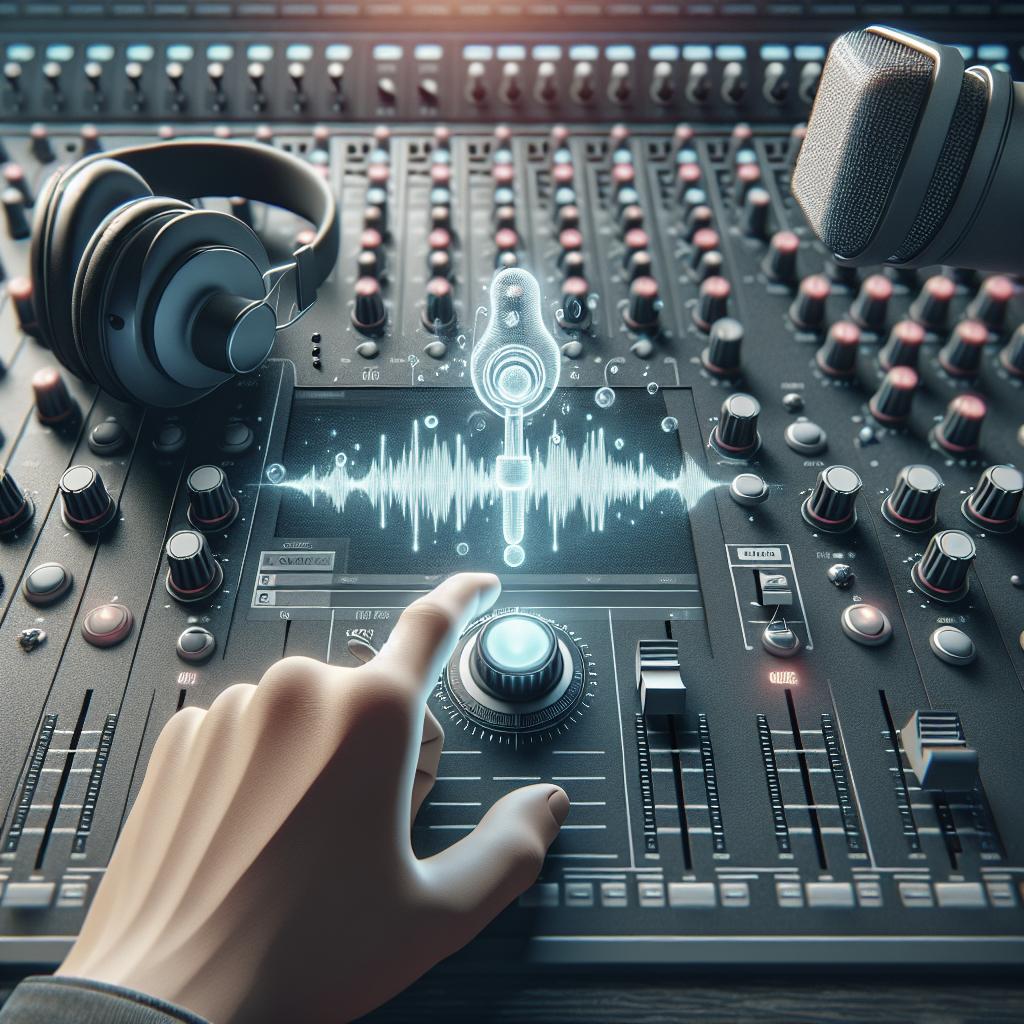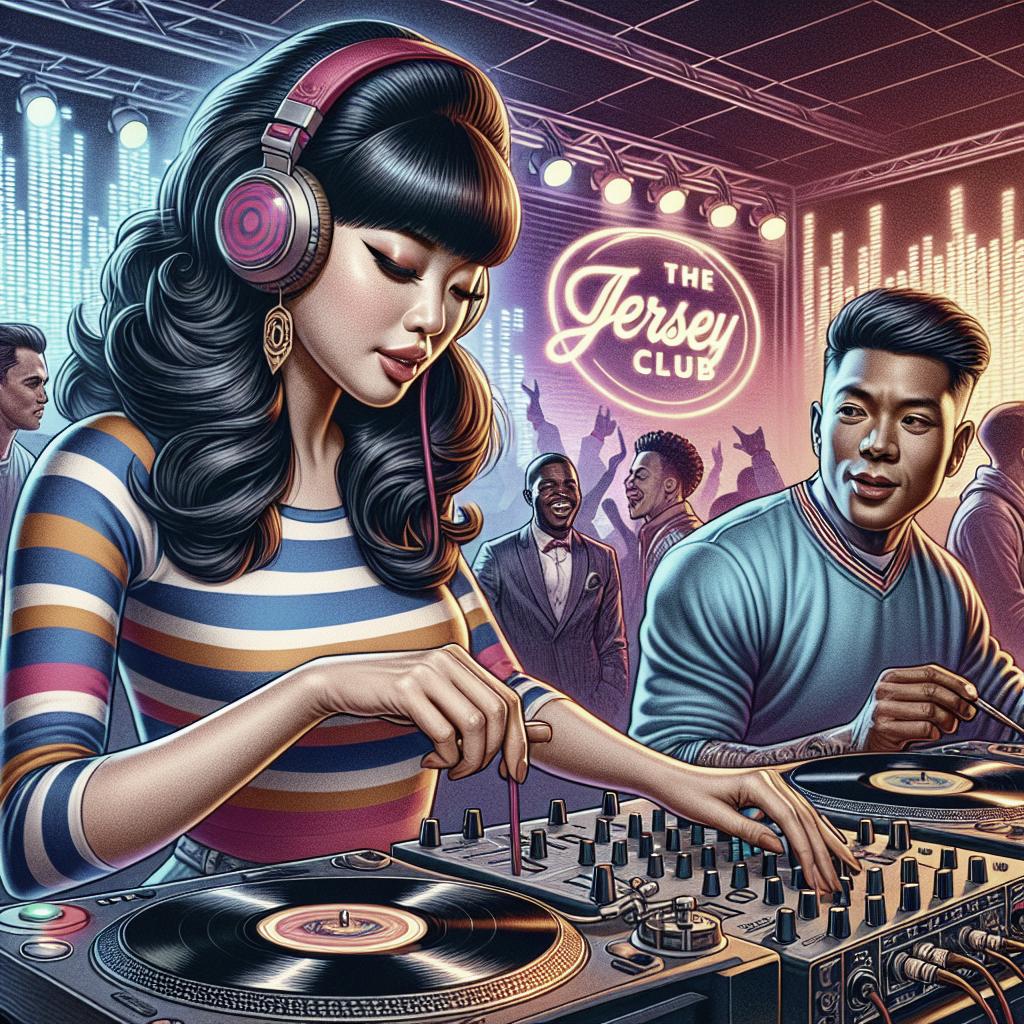“`html
Exploring the World of One-Shot Samples
Welcome to the mesmerizing world of one-shot samples! These distinct sound snippets are instrumental in today’s music production landscape, enabling artists to craft unique soundscapes with precision and creativity. In this blog post, we will dive into the depths of one-shot samples, what sets them apart from other sample types, their usage in popular music, and practical tips for using them effectively. Whether you’re a seasoned producer or just discovering the art of sampling, this guide will enrich your understanding and help you harness the power of one-shot samples in your projects.
What are One-Shot Samples?
One-shot samples are single audio files, typically short in duration, capturing a singular sound event. Unlike loops, which repeat continuously, one-shot samples are designed to be triggered once upon playback. They can be anything from a snare hit, a vocal shout, or a synth stab.
The versatility of one-shot samples lies in their ability to add depth and variety to a composition. They are often employed in genres ranging from electronic dance music to hip-hop and even in cinematic sound design. Their flexibility allows creators to infuse personality and innovation into their pieces by layering or manipulating them in various ways.
How Are One-Shot Samples Different from Other Types of Samples?
One of the main differences between one-shot samples and other types of samples, such as loops, is their purpose and duration. While loops provide a repeating sequence that forms the backbone of a track, one-shots are used for specific accents or effects. They offer greater control and creativity because they can be manipulated individually to fit the dynamic contours of a musical piece.
Moreover, one-shot samples often serve as a building block in music production. Producers can layer them to create complex patterns or use them to reinforce specific elements within a track. This functional difference gives rise to distinct creative opportunities, distinguishing one-shot samples as powerful tools in a producer’s arsenal.
Common Uses of One-Shot Samples in Popular Music
In popular music, one-shot samples are used extensively to craft catchy hooks and memorable effects. Drum one-shots, for example, form the basis of rhythm sections, offering crisp, versatile percussive sounds that producers can customize to their taste. They are essential in genres like hip-hop and EDM, where the punch and clarity of individual hits are crucial.
Additionally, one-shot vocal samples are commonly used to inject personality and excitement into a track. A well-placed vocal hit or shout can elevate a chorus or drop, providing a signature sound that resonates with listeners. These singular elements often become iconic, defining the vibe and branding of an artist’s sound.
How to Use One-Shot Samples?
1. Use Layering to Create New Sounds
Layering different one-shot samples can create rich, textured sounds that enhance a composition. By combining drum samples with varying pitches and timbres, producers can craft distinctly unique percussion lines or synth patterns. The process of layering opens up a vast palette of sonic possibilities, allowing producers to sculpt and shape sounds to their precise vision.
2. Add Effects
Applying effects to one-shot samples is a great way to transform them and add complexity. Reverb, delay, and distortion can give a simple one-shot dramatic depth and dimension. By manipulating effects, producers can make a basic sound evolve over time, creating dynamic shifts that captivate the listener.
3. Add the Illusion of Space and Distance to Your Music
One-shot samples can be used to craft the sense of space within a track. By adjusting reverb and stereo imaging, producers can simulate environments ranging from intimate rooms to vast concert halls. This technique can make a composition feel more organic and immersive, drawing the listener into the auditory landscape.
4. Use Playback Modes
Creative playback modes can alter how one-shot samples are executed. By changing sample start and end points or triggering reverse playback, producers can inject spontaneity into their music. These modes facilitate experimentation, allowing producers to discover unexpected sounds and effects during the composition process.
5. Use Creative Keymapping
Keymapping one-shot samples across a keyboard or controller can give producers immediate access to these sounds during live performances or studio sessions. This technique enables seamless integration into a track, offering real-time manipulation and creativity. By thoughtfully mapping samples, producers can create intricate sonic arrangements with agility.
Best Practices for Using One-Shot Samples
To effectively incorporate one-shot samples into a composition, it is essential to maintain balance and harmony. Avoid overcrowding the mix with too many one-shots, which can lead to a cluttered sound. Instead, use them selectively to enhance the overall musical landscape and add interest at key moments.
Another best practice involves carefully considering the sonic quality of each sample. High-quality recordings will blend more smoothly into a track, providing a polished and professional sound. Always choose samples that align with the tonal characteristics of your composition to maintain cohesion.
Mistakes to Avoid When Using One-Shot Samples
A common pitfall when using one-shot samples is over-reliance on them for impact. While they can bring excitement, relying solely on one-shots can lead to a composition that lacks substance and melodic depth. It is crucial to integrate them as part of a broader musical narrative.
Additionally, avoid neglecting the importance of proper gain staging and sound placement. Ill-balanced volumes can result in a chaotic mix, where crucial elements are overshadowed or clash with each other. Carefully adjusting volume levels and positioning one-shots in the stereo field ensures a coherent and immersive sound.
Tips for Selecting and Creating High-Quality One-Shot Samples
Selecting high-quality one-shot samples begins with a keen ear and attention to detail. Seek out samples with clear, distinct characteristics that maintain fidelity across playback systems. Investing time in curating a diverse library can provide invaluable resources for various projects.
Create your own samples to enrich your library and inject originality into your music. Recording unique sounds from your environment or using synthesis to design custom hits can yield distinctive elements that set your compositions apart. Experiment with different recording techniques to capture a wide array of textures and timbres.
Summing Up
| Section | Content Overview |
|---|---|
| What are One-Shot Samples? | Definition and explanation, highlighting their uniqueness and use in various genres. |
| Comparison with Other Samples | Differences between one-shots and loops, illustrating their distinct advantages. |
| Uses in Popular Music | Practical applications of one-shots in different genres and their impact on music. |
| How to Use One-Shots | Guidance on techniques like layering, effects, and creative keymapping for effective use. |
| Best Practices | Advice on balancing and maintaining sample quality for cohesive compositions. |
| Common Mistakes | Pitfalls to avoid, such as overuse and improper gain staging, ensuring professional sound. |
| Selecting and Creating Samples | Tips on choosing and crafting high-quality samples to enhance your library. |
“`


